
- For PC
- For MAC
- For Linux
- OS: Windows 10 (64 bit)
- Processor: Dual-Core 2.2 GHz
- Memory: 4GB
- Video Card: DirectX 11 level video card: AMD Radeon 77XX / NVIDIA GeForce GTX 660. The minimum supported resolution for the game is 720p.
- Network: Broadband Internet connection
- Hard Drive: 22.1 GB (Minimal client)
- OS: Windows 10/11 (64 bit)
- Processor: Intel Core i5 or Ryzen 5 3600 and better
- Memory: 16 GB and more
- Video Card: DirectX 11 level video card or higher and drivers: Nvidia GeForce 1060 and higher, Radeon RX 570 and higher
- Network: Broadband Internet connection
- Hard Drive: 62.2 GB (Full client)
- OS: Mac OS Big Sur 11.0 or newer
- Processor: Core i5, minimum 2.2GHz (Intel Xeon is not supported)
- Memory: 6 GB
- Video Card: Intel Iris Pro 5200 (Mac), or analog from AMD/Nvidia for Mac. Minimum supported resolution for the game is 720p with Metal support.
- Network: Broadband Internet connection
- Hard Drive: 22.1 GB (Minimal client)
- OS: Mac OS Big Sur 11.0 or newer
- Processor: Core i7 (Intel Xeon is not supported)
- Memory: 8 GB
- Video Card: Radeon Vega II or higher with Metal support.
- Network: Broadband Internet connection
- Hard Drive: 62.2 GB (Full client)
- OS: Most modern 64bit Linux distributions
- Processor: Dual-Core 2.4 GHz
- Memory: 4 GB
- Video Card: NVIDIA 660 with latest proprietary drivers (not older than 6 months) / similar AMD with latest proprietary drivers (not older than 6 months; the minimum supported resolution for the game is 720p) with Vulkan support.
- Network: Broadband Internet connection
- Hard Drive: 22.1 GB (Minimal client)
- OS: Ubuntu 20.04 64bit
- Processor: Intel Core i7
- Memory: 16 GB
- Video Card: NVIDIA 1060 with latest proprietary drivers (not older than 6 months) / similar AMD (Radeon RX 570) with latest proprietary drivers (not older than 6 months) with Vulkan support.
- Network: Broadband Internet connection
- Hard Drive: 62.2 GB (Full client)
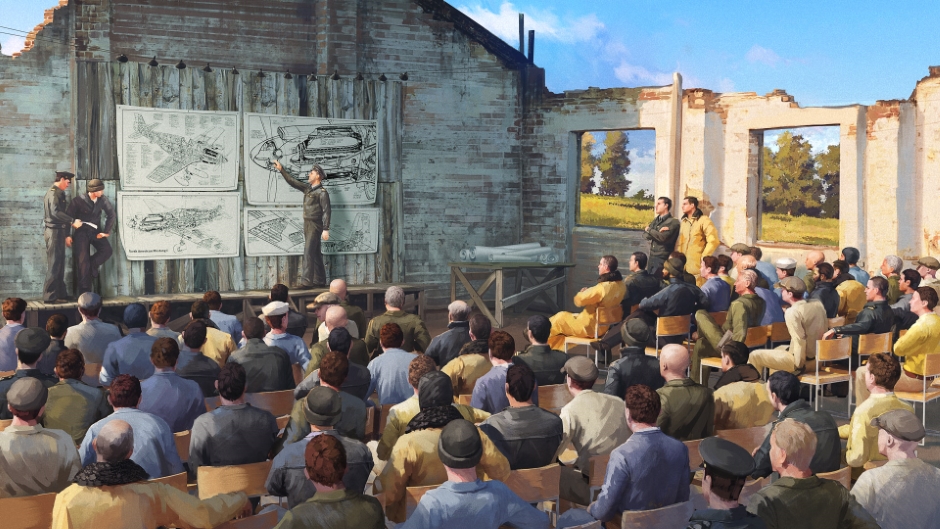
The War Thunder development team reacts on the hottest topics of discussion of the upcoming Sky Guardians update.
Pantsir-S1 and other SAM vehicles
We noticed the concerns of the players about a possible imbalance due to the introduction of the Pantsir-S1 surface-to-air missile system into the game and will try to answer some questions about its operational modes details.
The introduction of the Pantsir-S1 was planned due to the fact that the 2S6/2S6M1 Tunguska SPAAG is significantly inferior to the competition in terms of the combination of missile plus radar efficiency and has some of the worst statistics among all top tier SPAAGs in the game.
Some players also believe that instead of introducing Pantsir-S1, it was worth introducing the TOR-M1 or TOR-M2 systems. However, according to the game statistics, TOR-M1 is also one of the efficiency outsiders in terms of efficiency and simply can’t help to solve the issue of the late Soviet anti-aircraft lineup. The TOR-M2, both in terms of the number of missiles and, according to our research, in terms of the manoeuvrability of missiles, outmatches the Pantsir-S1 at most distances. Its missiles equipped with dual-mode solid-propellant rocket engines maintain cruising speed for a long period of time and provide an overload tolerance of up to 35G. At the same time, the Pantsir’s 95Ya6 missile moves by inertia for most of its trajectory. At a distance of 8 km the missile is inferior to the 9M331 missile of the TOR-M1 in terms of G-tolerance, and at extreme distances the 95Ya6 overload drops to a poor 5G, which may provide sure kill of only non-maneuvering targets such as UAVs.
The speed characteristics and flight time at distances up to 10 km of the 95Ya6 missile are generally identical to the VT-1 missile, with significantly less available overload tolerance.
Players are also concerned about the possibility of the azimuth radar to operate in some radar modes at high elevation angles which certainly is an undeniable advantage. But the TOR-M1 radar, which is already present in the game, has an elevation coverage up to 64 degrees! In addition, we are conducting additional research on the capabilities of the radars of other anti-aircraft systems presented in the game, and if additional information is found, we will specify their capabilities in the game.
We were puzzled by players' concerns about the Pantsir’s tracking radar, operating in the microwave range, which is currently unable to be detected by the radiation warning systems. However, as practice shows, the telethermal search and track devices are the most effective tracking system in the top ranks, and the majority of SAM vehicles in the game are already capable of stealthy locking on target. In addition, the microwave target tracking radar of the TOR-M1 does not statistically provide any superiority over competitors in the game.
Also, we are monitoring concerns about the possibility of countering SAM SPAAG with such long-range missiles, but we believe that the transfer of missiles to the adjusted SACLOS physics will solve the problem, limiting the ability to hit high-speed targets at a high heading parameter or altitude. In addition, anti-aircraft guided missiles with semi-automatic command to line of sight are very sensitive to manoeuvre, and a minor trajectory change at high speed may be enough for any aircraft for an anti-missile manoeuvre.
Pantsir-S1 kill zones:
F-16AJ: outfit and armament
The F-16AJ project was designed for export to Japan after the completion of the F-16 testing program. The prototypes of the aircraft did not have a complete set of radio equipment, such as radar, and had to have AIM-7 missiles not only on underwing pylons, but also on landing gear doors and wingtips that is illustrated by photographs of aircraft during testing. However, in subsequent series of the F-16, including production modifications, it was decided to abandon the hardpoints on the landing gear doors. Obviously, designers had reasons for this, that is why we limit the F-16AJ to have 2x AIM-7 missiles on standard underwing pylons. The game also has technical limitations for the implementation of such hardpoints, for example, in the case of a landing gear breakdown, the detachment of the doors with the AIM-7 missiles installed would cause the loss of weapons. Or the reverse situation, when it would be impossible to destroy the landing gear with the missiles installed.
As for radar, radar warning system and AGM-65 missiles, this equipment corresponds to the program described in the project's promo papers. The export versions of the F-16 were standardly equipped with these systems and weapons, so we see no reason not to equip the Japanese project accordingly. In addition, we assume that without the necessary equipment, especially such as radar, the fighter would not meet the requirements of its time and would not have sufficient combat characteristics. Thus, the F-16AJ in the game looks like the Japanese F-16 would most likely have looked if it had been put into service - the aircraft would most likely have minimal differences from other export modifications of this series.
Yak-141: outfit and armament
Despite the fact that the Yak-141 did not reach mass production and was not put into service, flight prototypes already achieved high performance characteristics during tests - the aircraft even set several records. However, the available flight models did not carry military weapons, but only their mock-ups. Some of the sensors, including the radar, according to our information, were replaced during testing with such mock-ups, IRST was also not installed on the prototypes. The game, however, requires a combat aircraft with a complete set of on-board equipment and weapons, so we implemented them in the form in which the aircraft would most likely be put into service. For the game model, we installed a radar that was planned and existed at that time, as well as the IRST, standard for Soviet fighters. The Yak-141 is also equipped with countermeasures containers that are installed similar to other Soviet aircraft layout. We understand that in some ways this is a “paper” aircraft, however, all of its avionics actually existed and worked, as well as weapons. Regarding the R-73 missiles, their software implementation is still in progress, so it’s too early to talk about its introduction to the game, but in the future it may well appear in the Yak-141, same as the R-77 missiles, which were also designed as the main armament of this aircraft.
Ariete AMV and WAR and PSO armour kits
In the Sky Guardians update, the Ariete AMV main battle tank will appear in the game in the PT1 modification, featuring improved mobility and chassis durability. The tank has a more powerful engine compared to the basic versions. Based on player feedback, the model will be improved by the addition of smoke grenades. Also, the CL3142 APFSDS, which will replace the DM33, will be retained as the ammunition option, along with the DM53 round. The Ariete AMV version with PSO and WAR armour kits will be implemented later as a separate vehicle in order to form an effective top tier vehicle setup.
Anti-radiation missiles (ARM) as a countermeasure against SAM
We have already commented on the ARM issue in the recent Q&A. This is a rather complex type of weapon and, in our opinion, rather overrated in the eyes of our players. Given the high level of weapon realism in the game, these weapons may not give the desired balance effect with in-game SAMs for several reasons. Firstly, the vast majority of ARMs are designed to destroy "big” anti-aircraft missile systems, such as the Soviet S-75 and S-300, or American Patriot and Hawk - these are considered as the main threat to tactical aviation due to their long range. Actually, therefore, the frequency ranges of the ARM seekers coincide with the frequency ranges of such anti-air systems, while the game short-range SAMs may operate in the frequency ranges out of the ARM radar coverage abilities. Secondly, the guidance accuracy of the anti-radiation missiles might be sufficient to destroy larger air defence systems with tall antennas, but it is completely insufficient to destroy mobile SAM, especially considering that the warhead of many ARMs is equipped with a proximity fuse, and target destruction is achieved due to the fragmentation killzone.
However, we still consider the ARM systems interesting as the gameplay and balancing option, so the further research of this type of weapon is still in our plans. If we discover new data on the ARM operating modes, they might be added to the game, same as other radio warfare means, such as the ESM pods and jammers.
Global increase of the respawn points cost of the SAM SPAAGs
Indeed, we consider such a rise for long-range SAM systems, but the decision to be made after receiving first data of their efficiency analysis.
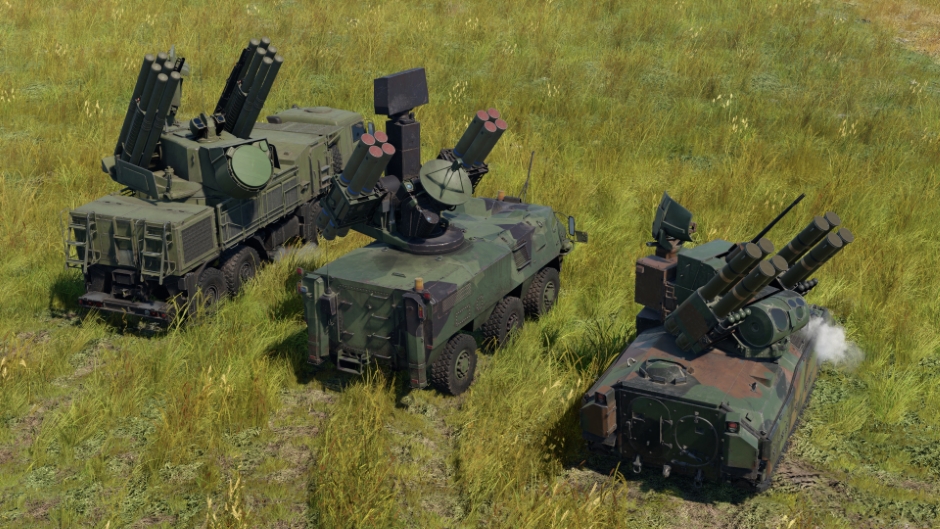
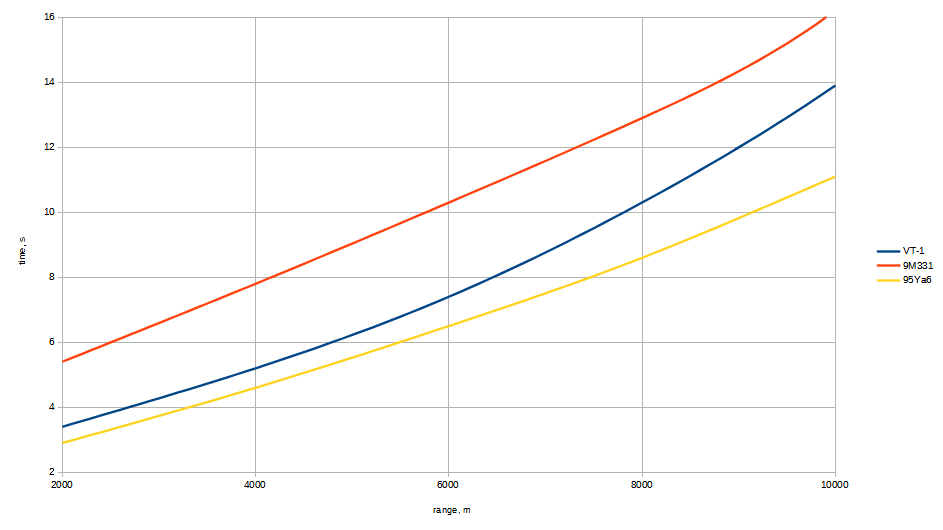

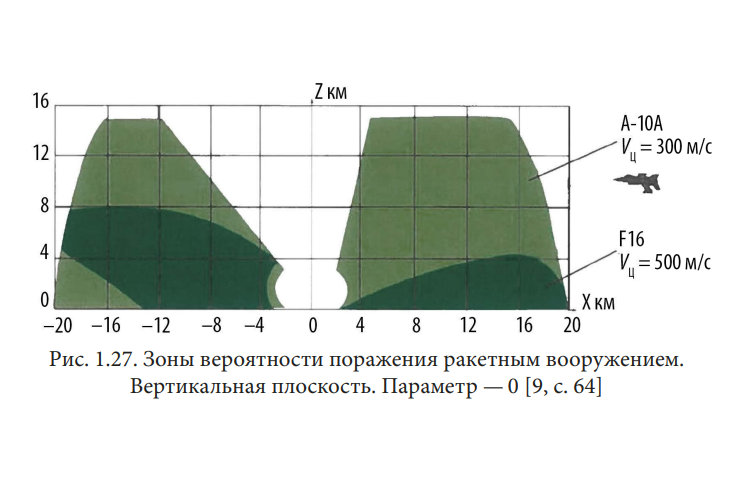
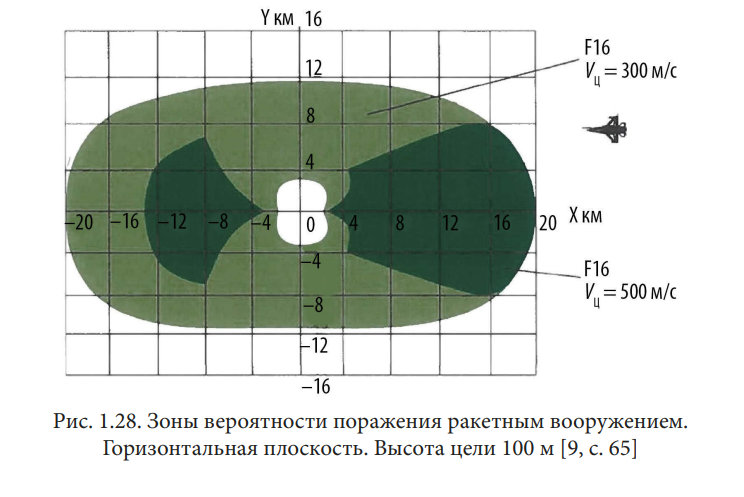
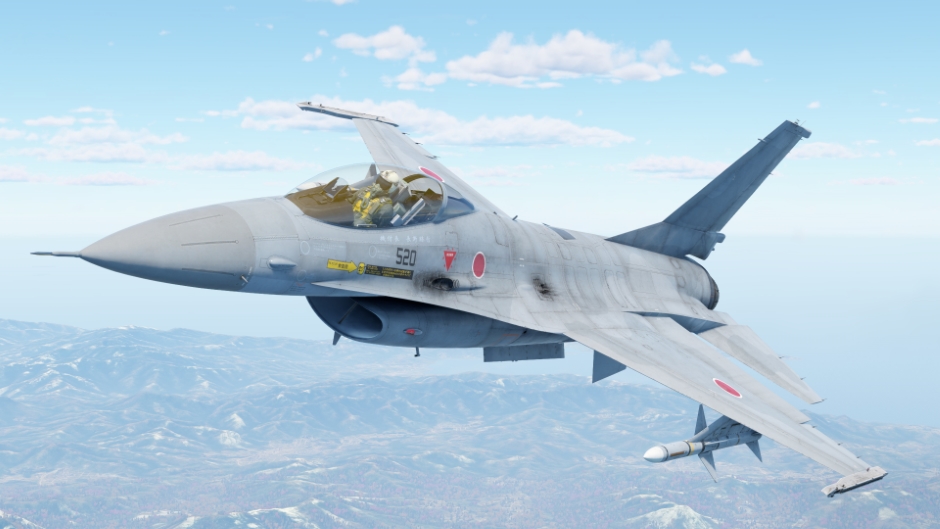
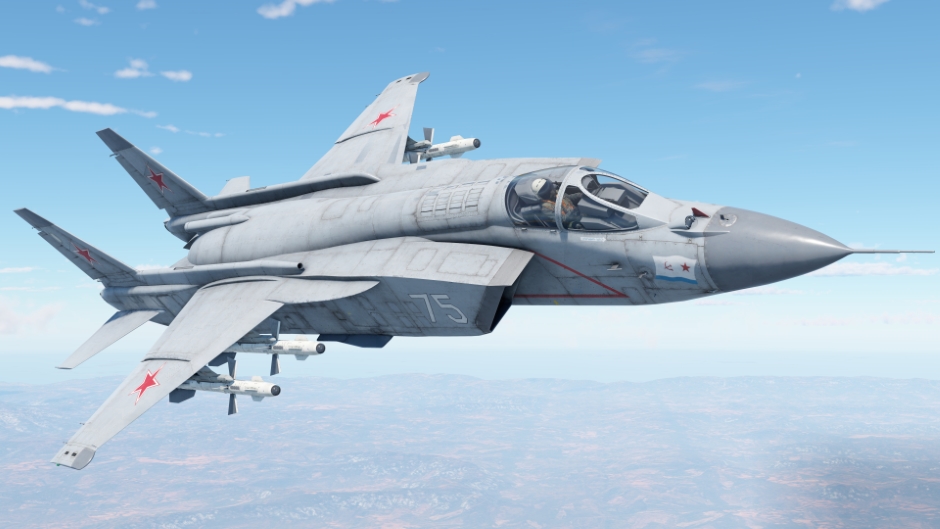

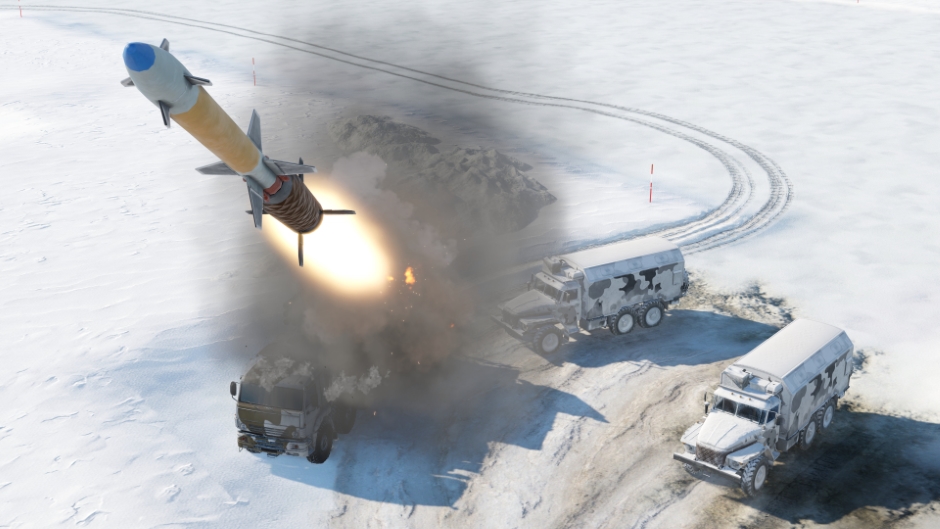
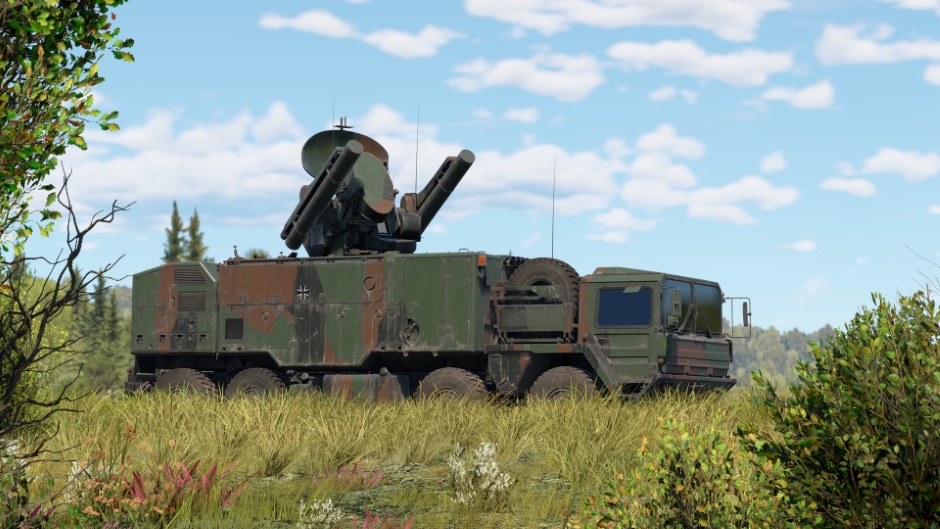



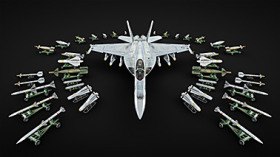
Comments (40)
Comments will be premoderatedLiterally nothing here say has answer any of my concerns specifically with the Pantsir. If anything the further explanations of its capabilities further justifies mine and many others view point on the Pantsir being a terrible addition at this stage of the game when no equilvent vehicle exists. If Russia is truly suffering for SPAA give them the TOR-M1, it makes no sense for Russia to even be skipping over their own SPAA that was added first to China and not Russia.
Wait until they get that one too...
I agree. It is unfair for one nation to have all the best options in game. And right now, at top tier, Russia has the best Helicopters, the best CAS, and now the best SPAA. This is true "Russian Bias"
The reason for most of the players' concern was over Russia, a tech-tree that already has a top-tier SAM system getting another vehicle meanwhile, tech-trees like Japan, Italy and Israel STILL DONT have a SINGLE top-tier SAM vehicle. I'm almost certain if this update included SAM vehicles for those tech-trees, there would be almost zero backlash about the addition of the Pantsir.
I can't help be feel this post completely misses the point regarding why people are complaining about the Pantsir. The first part consists of the issue that ONLY RUSSIA gets this good of an SPAA. Whereas the other big nations have much inferior SPAA, with some minor nations not even having any top tier SPAA at all. The second part comes from the cas META of flying outside of render range. Having such a good radar increases the render range an also makes the optical tracking more effective.
Well, guess what, other nations irl have inferior SPAA too, it's not issue of the game.
This is the true issue and this response did nothing to address that. Russia already has the best helicopters and the best CAS, now they will have, head and shoulders, the best SPAA. It's not balanced game design.
Nice try - throwing a pile of dust at us. Now disprove this - you're adding the most capable SAM system with best radar in game for the nation with absolute air superiority, right? Chunguska was enough for them, more than ehougn. You have no reasoning behind the introduction of such a leap in technology for a SAM - making it exclusive for 1 country, period.
Nice to see an official response on what has been blowing up on the forums, and reasoning behind it. Good stuff.
Why exactly does Russia has to have the best SPAA? Especially since some nation still missing one
And why can't you add air defense for Japan? For me the F-16AJ isnt necessary, but an air defense system like Ture 81 Kai or Typ 11 would be a better choise! Where is the balance ?!
The main issue is finding suitable and viable candidates for a Japanese SAM system. The vehciles you listed, based on the current information available, work as part of a multi-vehcile unit and not independent vehcile systems. Such as the type we have in game. We will continue to search for candidates in the meantime.
The trucks carrying those missiles (type 81 and type 11) dont have their own built in radar, they work as part of a fire unit, composed of 2 launcher vehicles, each one loaded with 4 missiles, and 1 fire control system vehicle (vehicle carrying the radar), so, if added, the player will need to control 3 different vehicles in order to match the other nations SPAAGs, japan does not have a individual atgm vehicle, so i guess the developers will need to add a fictional vehicle in the future.
The Italian community is happy Gaijin is confirming the Ariete AMV PT2, and adressed some of issues quickly. The devs however really need to look over the hull armour of the Ariete family, and fix the WAR Kit. The reports have been done and so far we havent seen any sort of fix. Lastly if the devs are unwilling to add an ROF buff to the Arietes, their BR's need to be lowered.
Yet Japan and Italy still have zero counters to strike drones or aircraft with stand off capabilities...
Kind of the fault of the countries, they don't really operate short range, single unit SAM systems. Gaijin can't make up a SAM system.
It is nice to see the devs putting out an proper response with data backing up their reasoning, but I can not help but feel that the devs, at least on the matter of SPAAGs, is completely detached from its player base. The data you have included in this post only further justifies the reasoning behind our concern over the Pantsir, and to say the 2S6 is inferior to other nations SPAAG is pure fabrication. I implore the devs to reconsider the significant advantage Pantsir will provide in top tier.
Submit a complaint